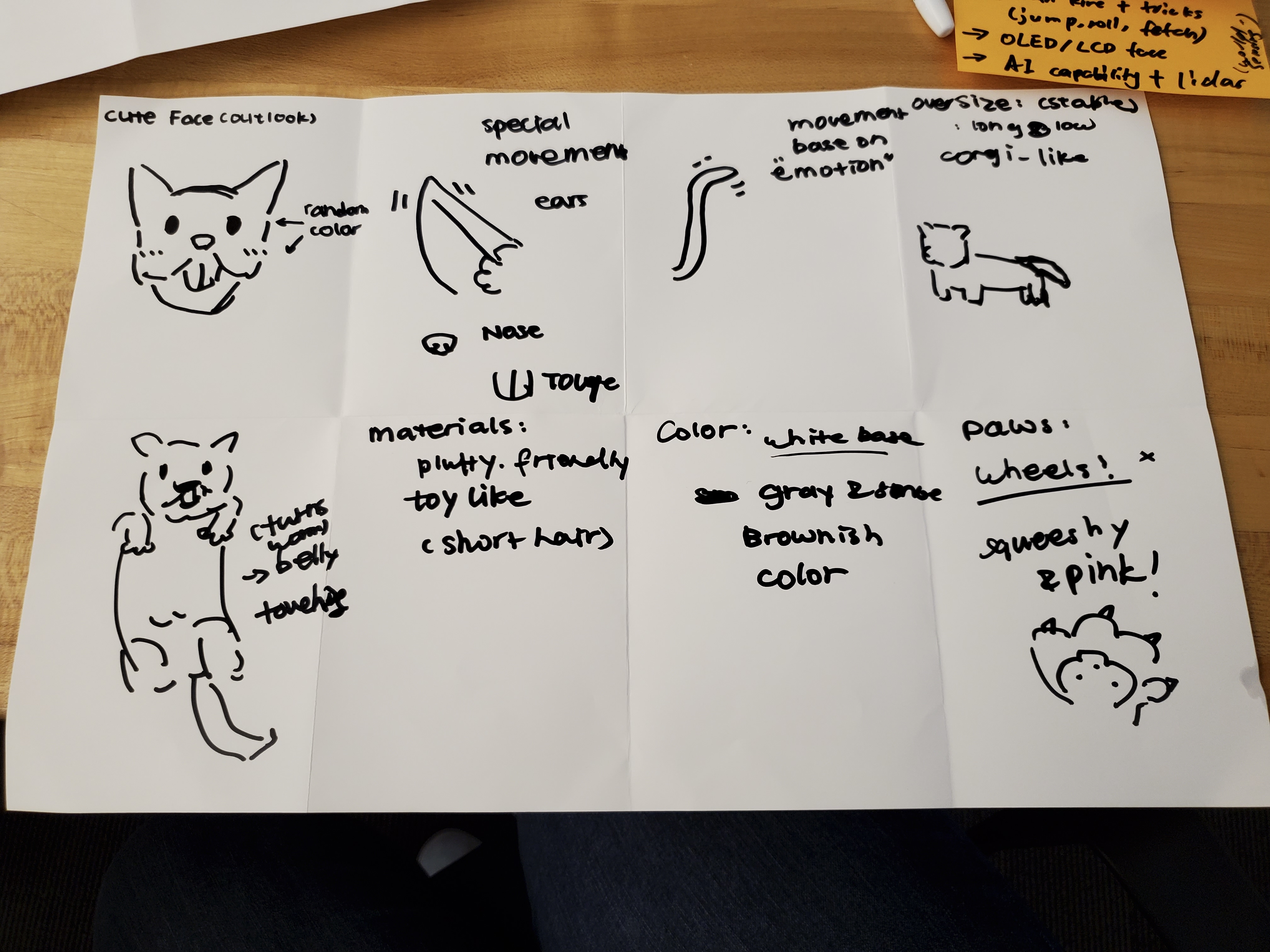









Reconnect with old companionship
Several companies released AI companion pet robots featuring animal-like actions but are unable to achieve creating strong companionships or bonds. Instead of entirely focusing on shaping a character. We decided to feature our companion robots as an assistant helping users reach out for existing companionships while feeling lonely.
"stay by the side" companion care
Most interviewees believe physical interaction is an effective way to cope with loneliness — whether a hug or simply a person, pet, or animal sitting by the side. 2/3 of our user research participants said they have been visiting therapy dogs on campus and feel released. 3/4 of our interviewees who had pets at home expressed that the moments they enjoyed the most with their pets were when they were interacting or simply sitting by the side while owners were doing their work.


self-care reminder
While being in loneliness due to either isolation or burnout, many young adults did not know the proper way to cope with it or notice the problem, even though they constantly struggled with it. Other than reaching out for help, it is also crucial for individuals to find specific causes of loneliness and empower themselves to avoid turning loneliness into a negative sign.











